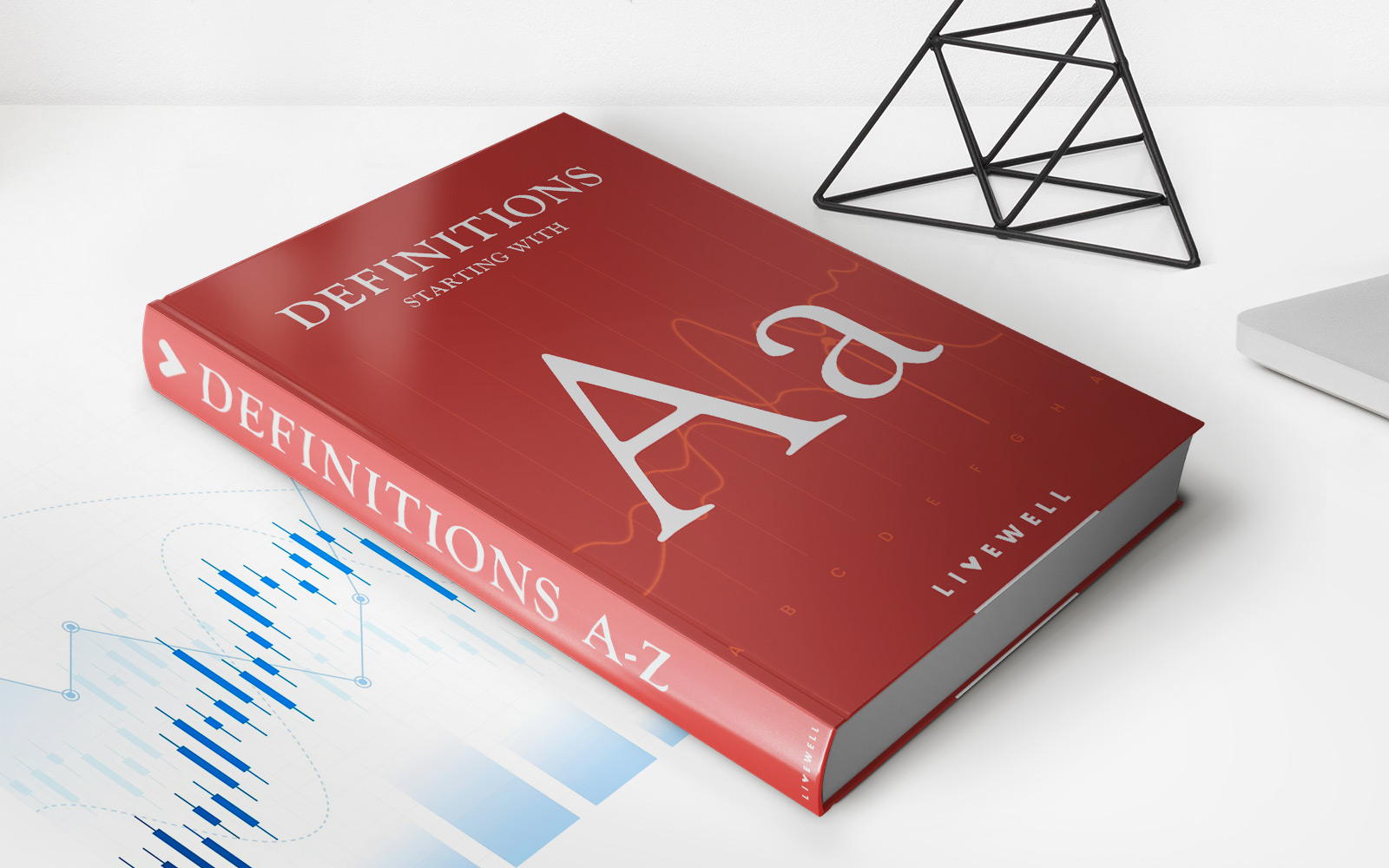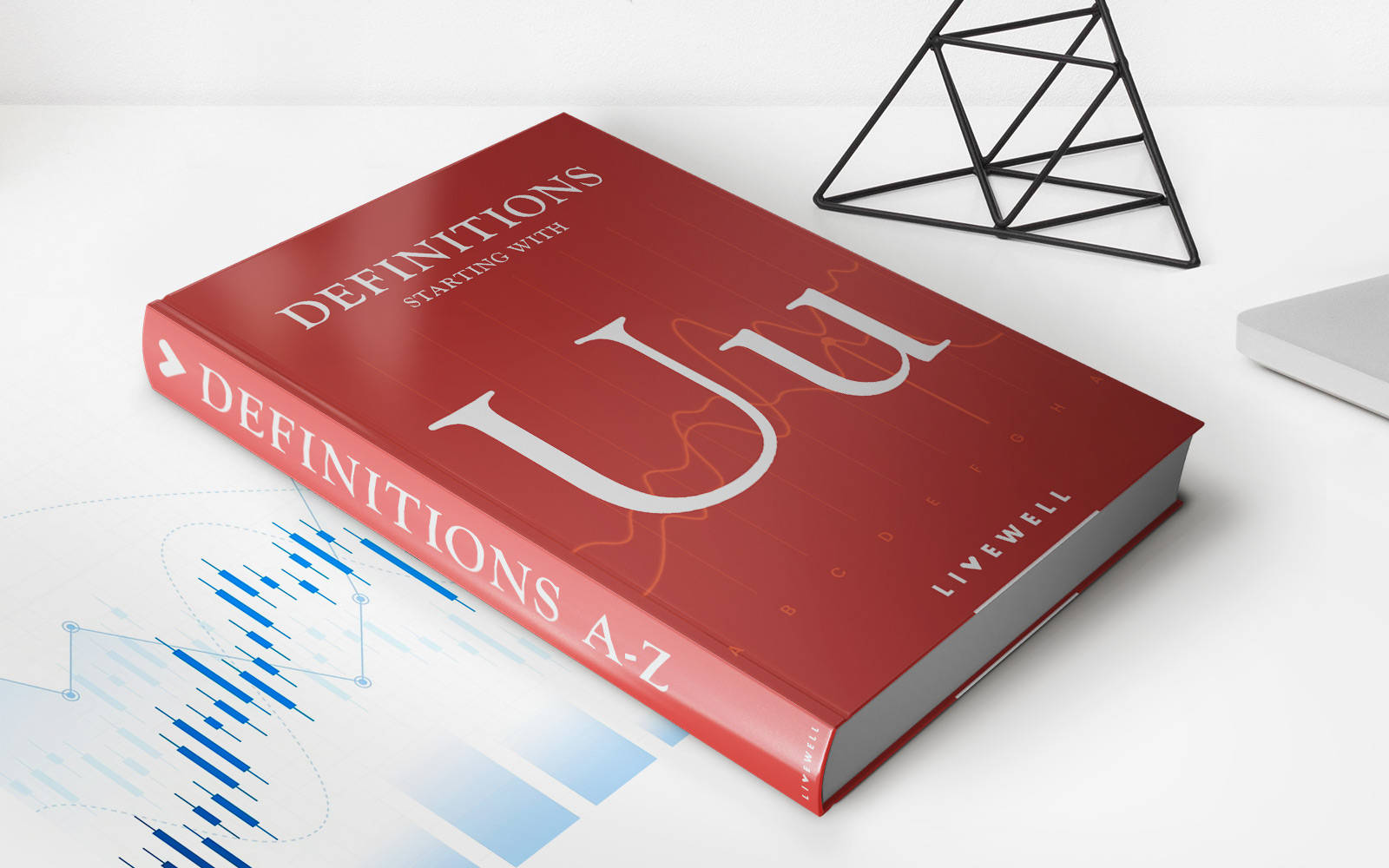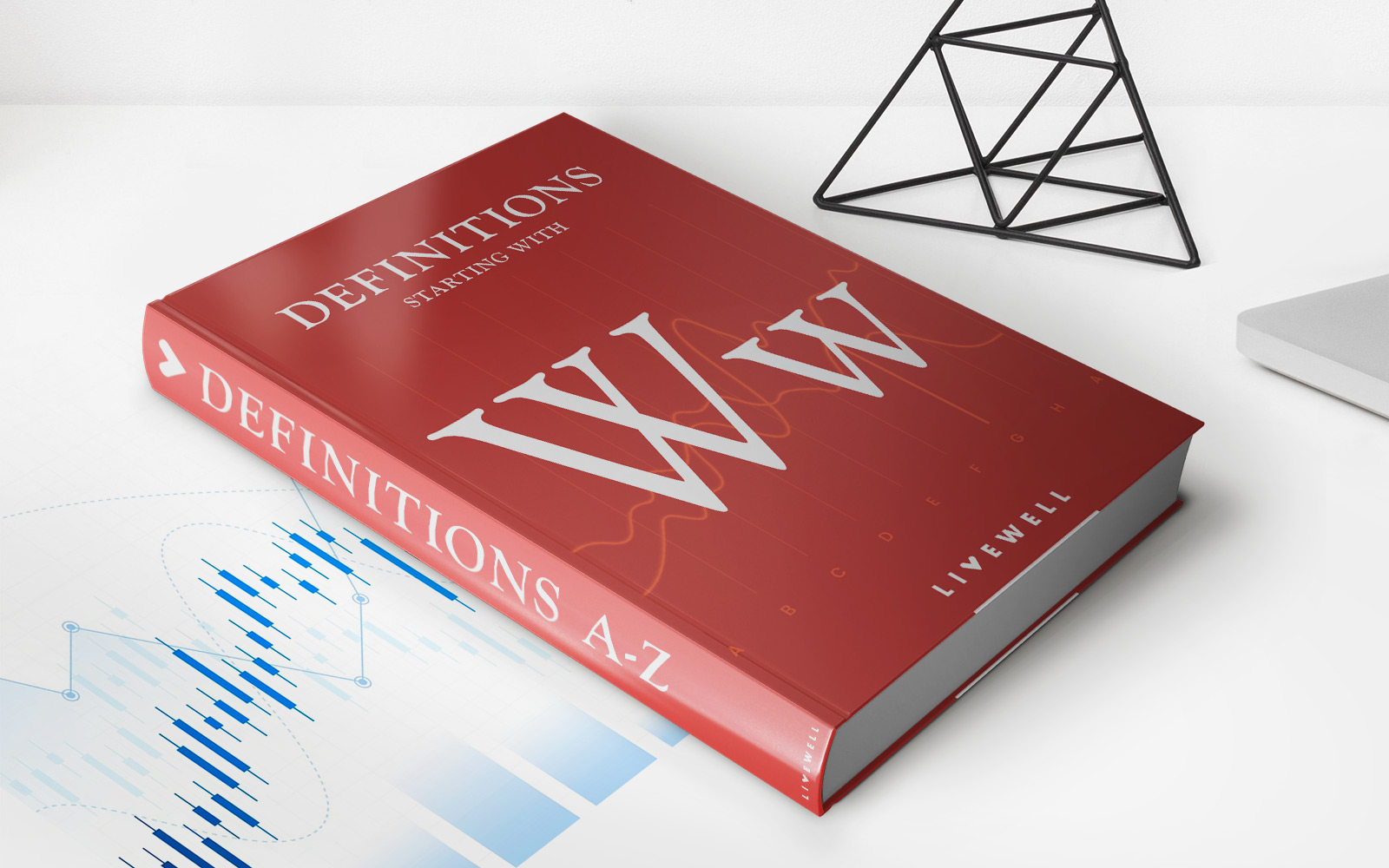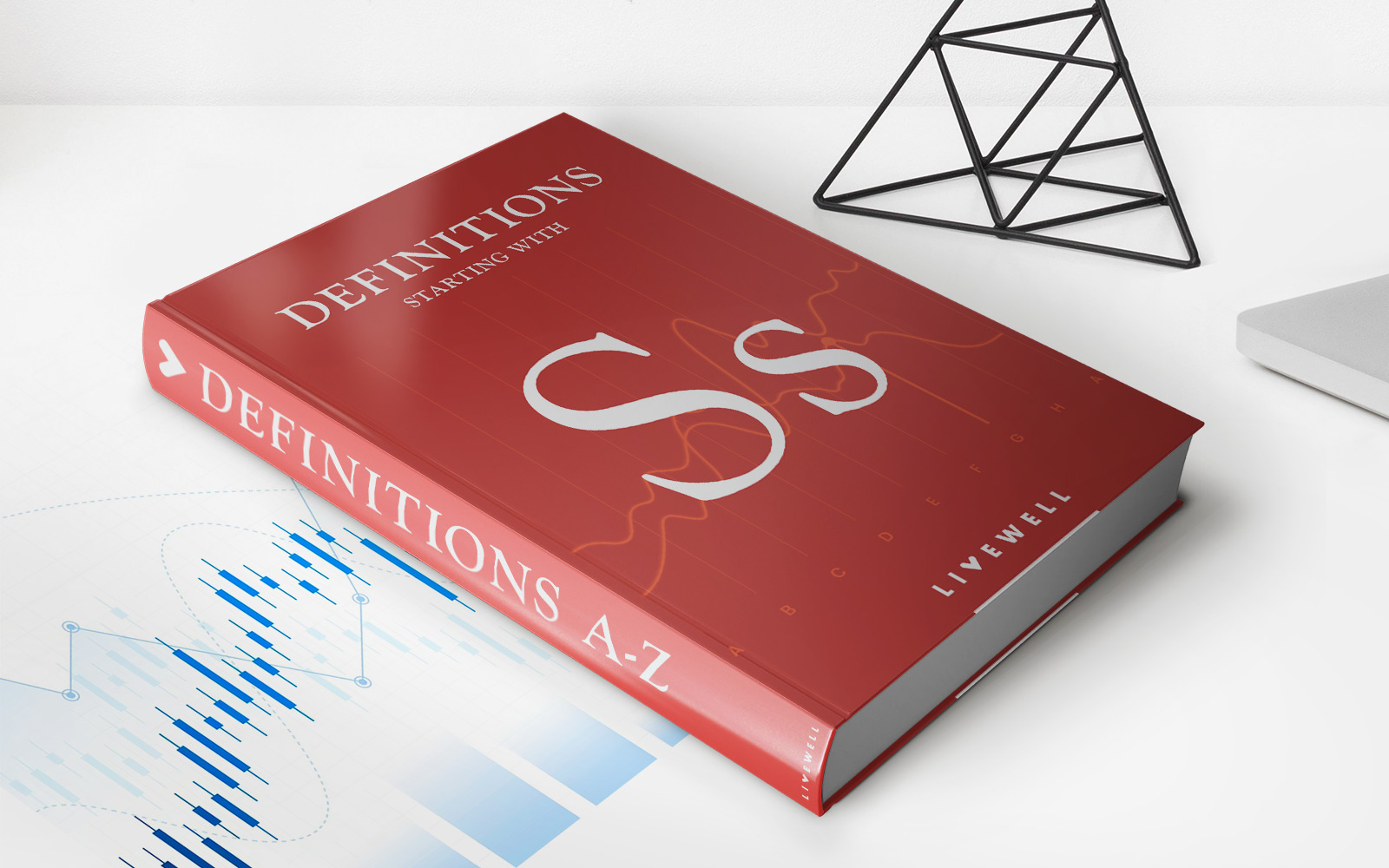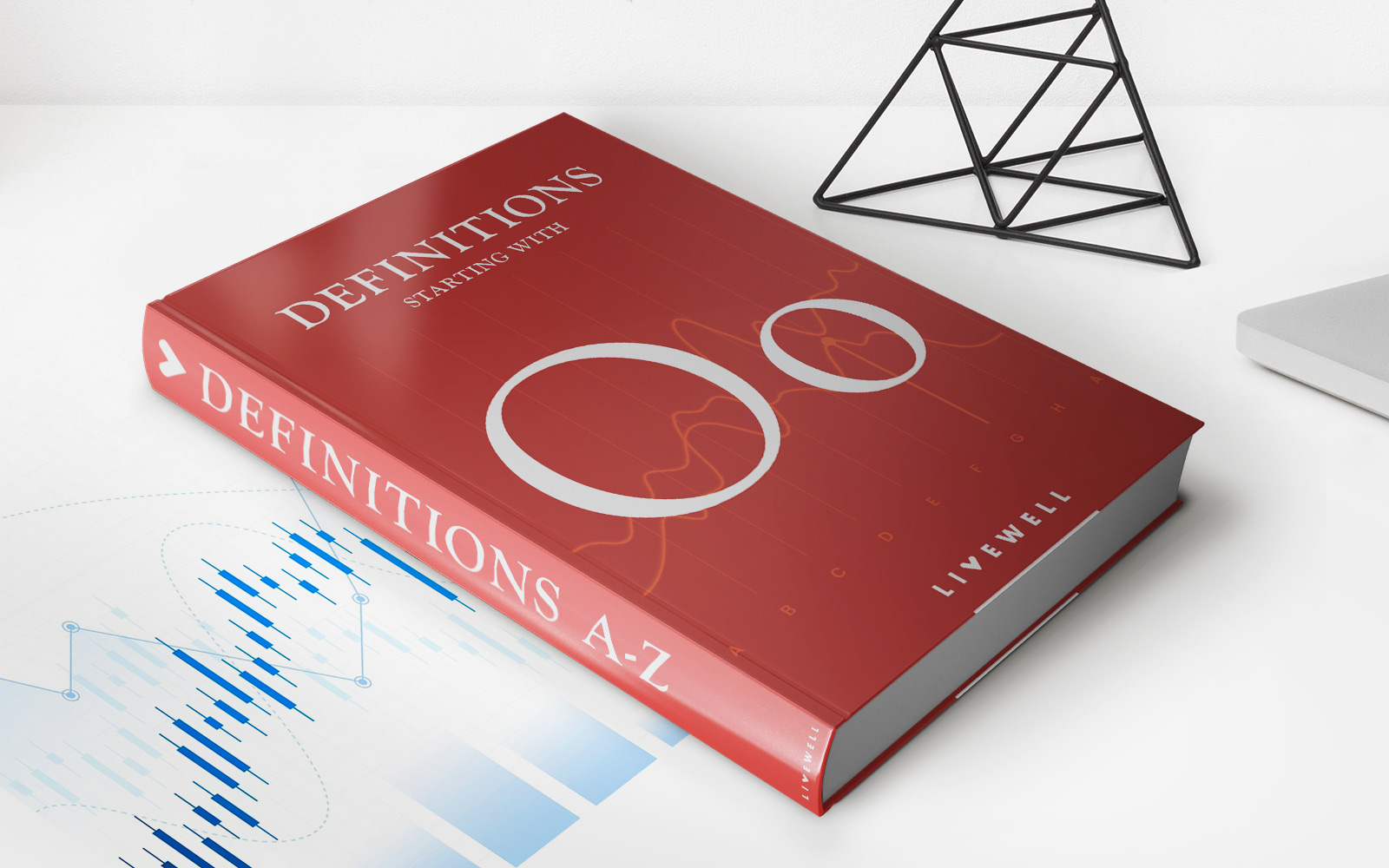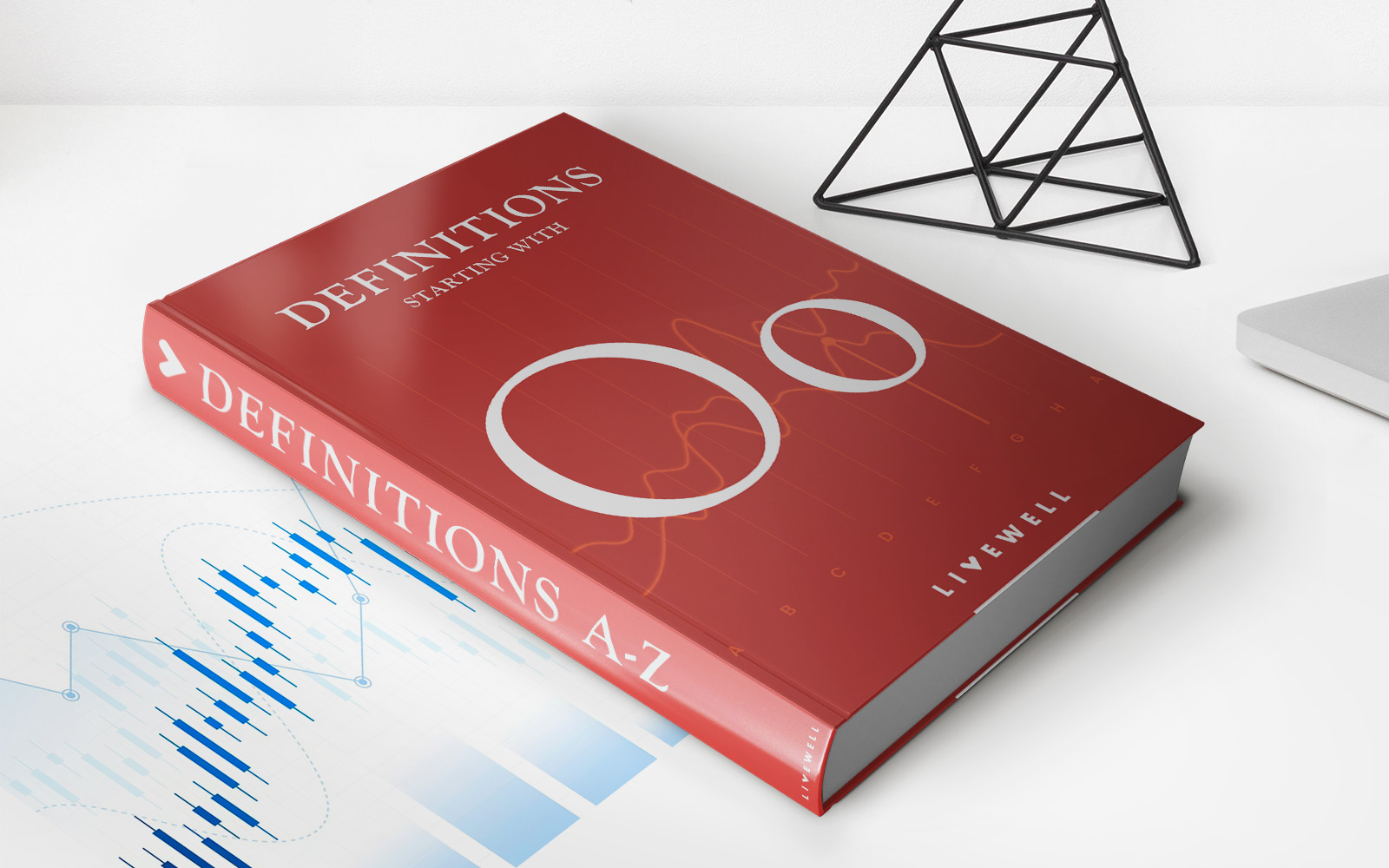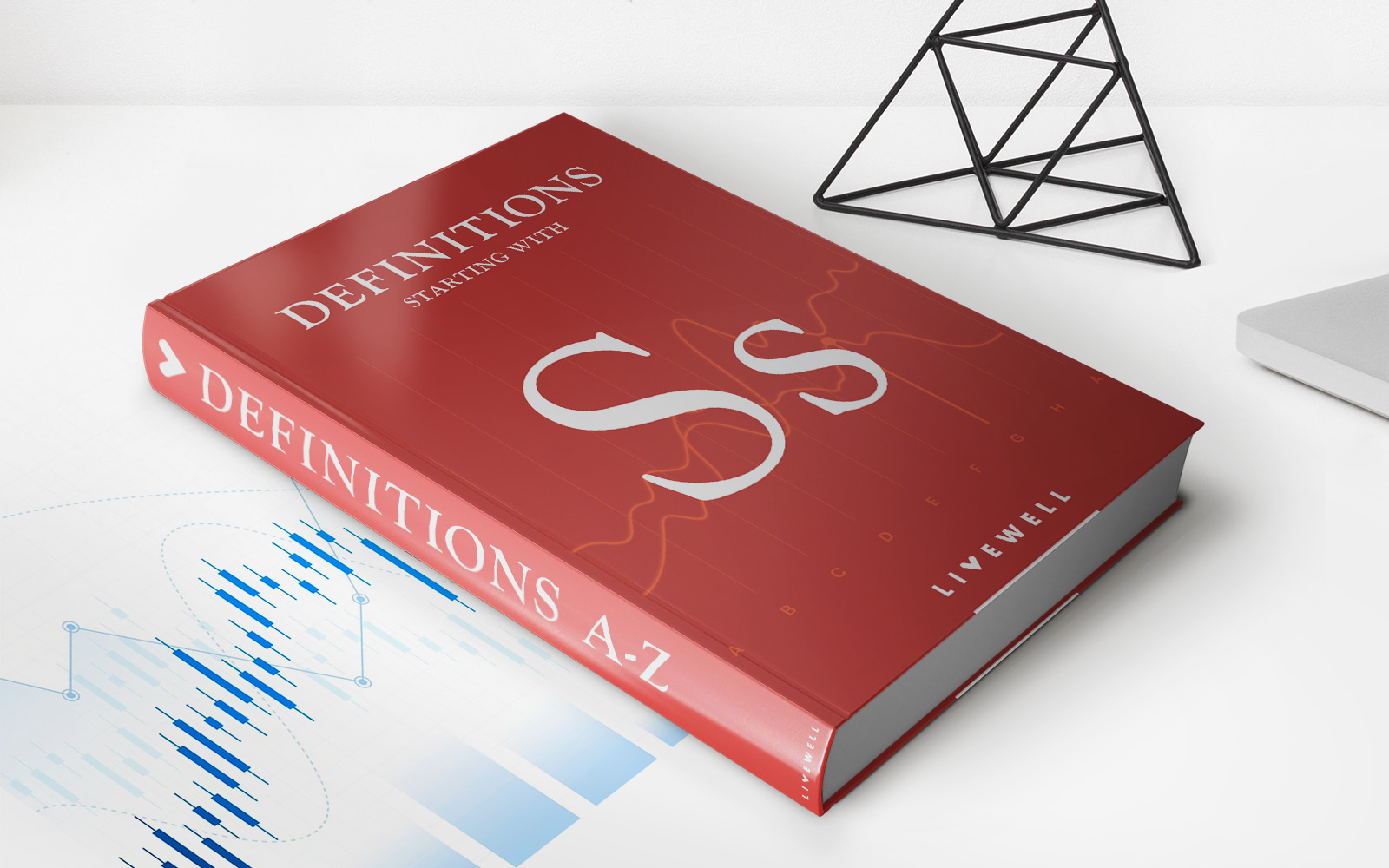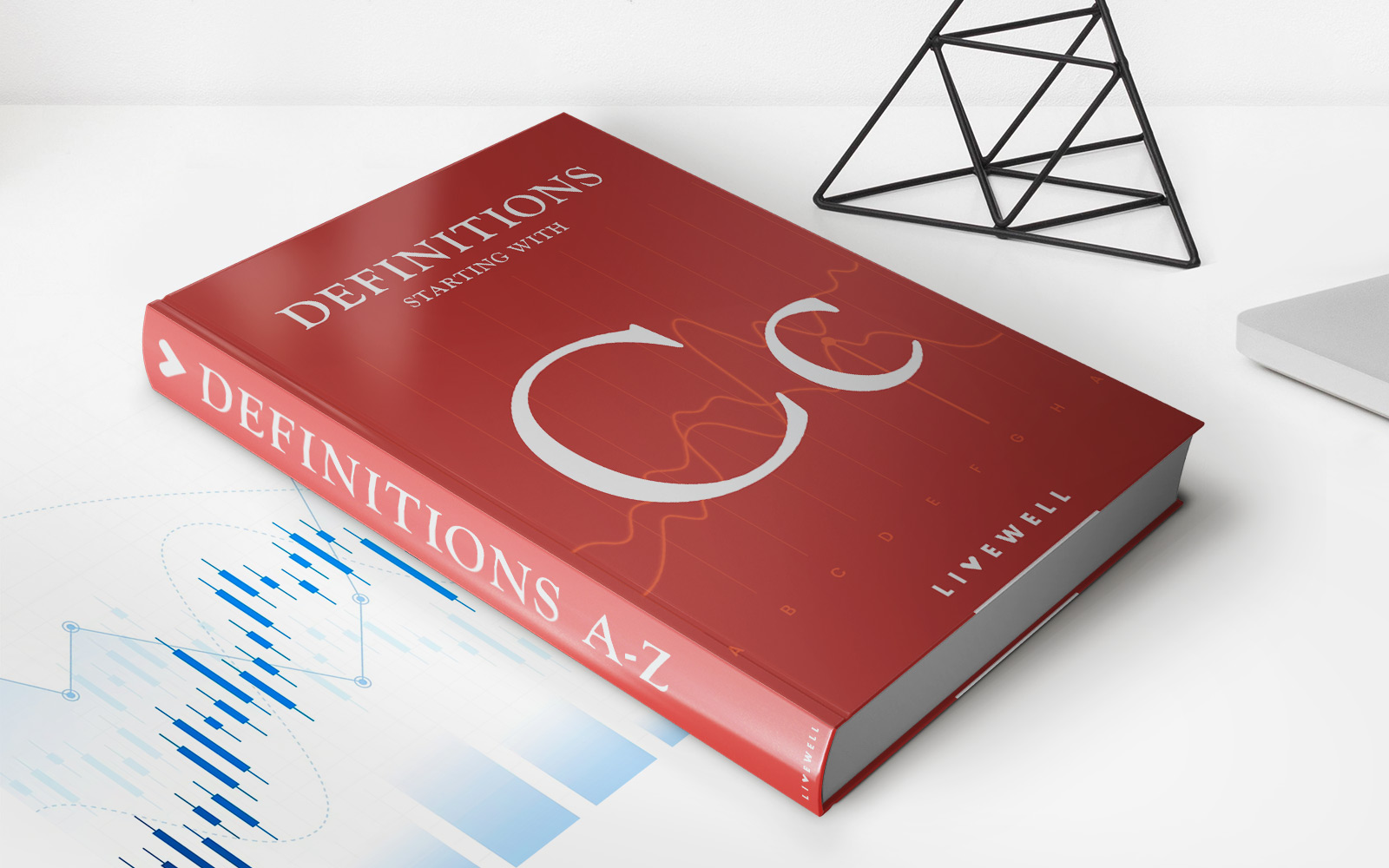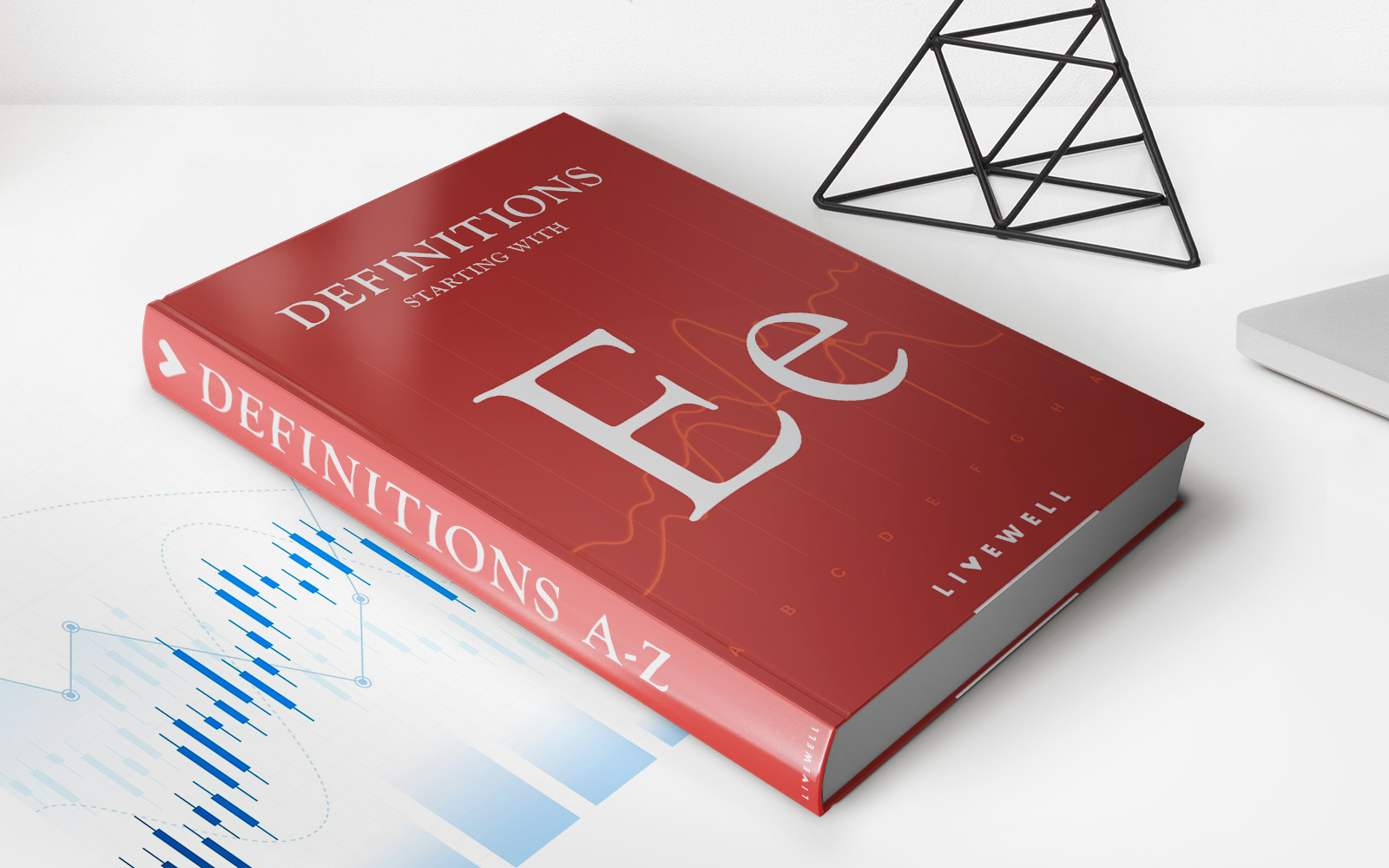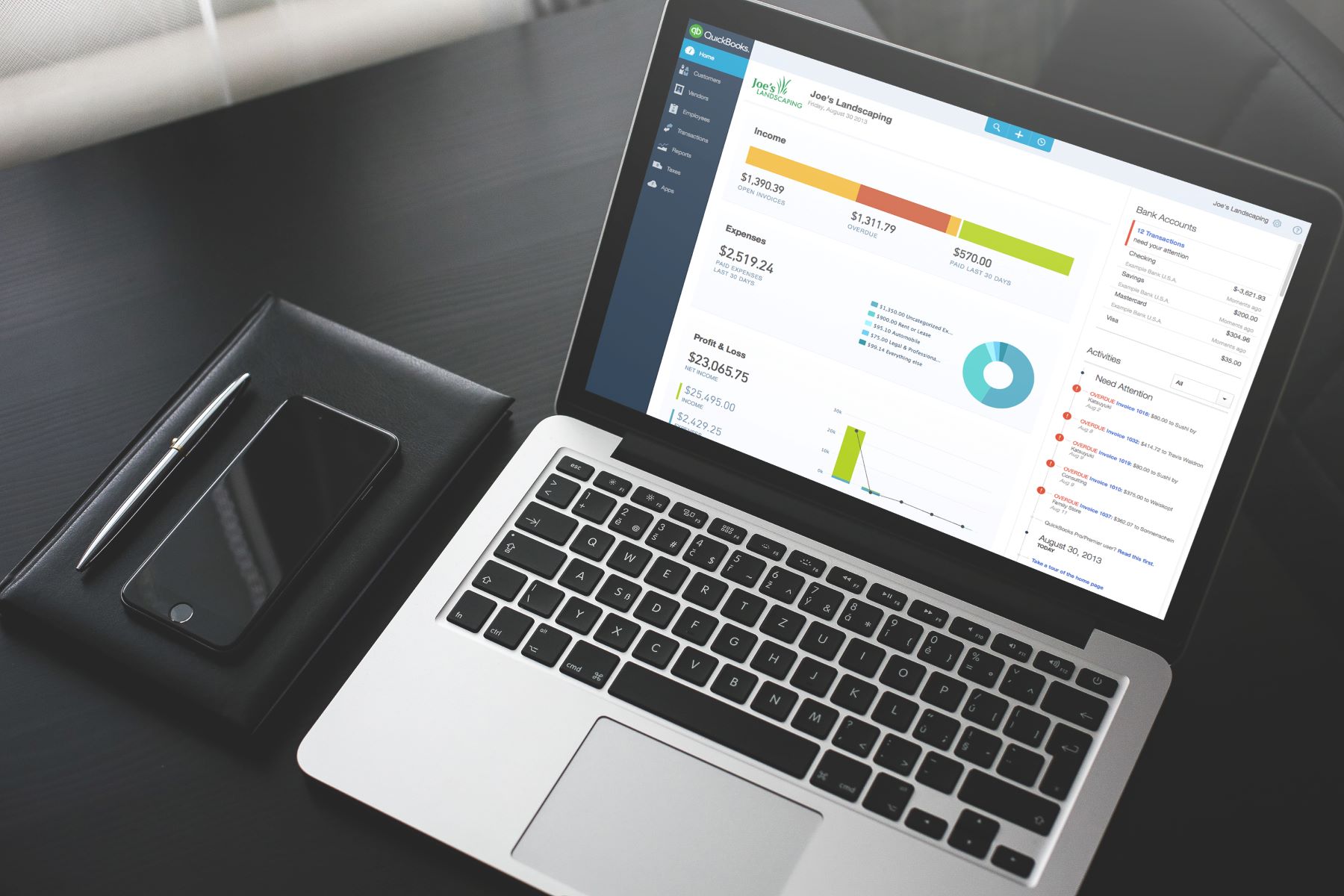

Finance
What Is A Strike Price In Stocks
Published: January 19, 2024
Learn About Strike Price in Stocks and its significance in Finance. Understand the basics and strategies of strike price to make informed investment decisions.
(Many of the links in this article redirect to a specific reviewed product. Your purchase of these products through affiliate links helps to generate commission for LiveWell, at no extra cost. Learn more)
Table of Contents
Definition of Strike Price
In the world of stocks and options trading, the strike price is a crucial term that investors need to understand. Also known as the exercise price, the strike price is the designated price at which the buyer of an option contract can buy or sell the underlying asset, typically stocks or commodities.
It is important to note that the strike price is agreed upon at the time the options contract is created and remains fixed throughout the contract’s duration. This predetermined price is crucial as it determines the profitability of the options contract for both the buyer and the seller.
The strike price is always specified in the options contract, and it influences the option’s intrinsic value. The intrinsic value of an option depends on whether it is a call option (the right to purchase) or a put option (the right to sell) and whether the current market price of the underlying asset is favorable or unfavorable relative to the strike price.
For call options, the strike price is considered favorable if it is lower than the current market price. Conversely, for put options, the strike price would be favorable if it is higher than the current market price. These considerations play a significant role in determining whether an options contract will be exercised or expire worthless.
Understanding the strike price is crucial for investors as it helps them make informed decisions about buying or selling options. It provides a clear reference point for assessing potential profitability and risk. By analyzing the relationship between the strike price and the market price of the underlying asset, investors can determine the likelihood of their options contract being profitable.
Overall, the strike price acts as a pivotal point in options trading, where buyers and sellers agree upon a specific price and have the opportunity to profit from the movement of the underlying asset. It is a fundamental concept that investors must grasp to navigate the complex world of options trading successfully.
How Strike Price Works
To understand how a strike price works, it is crucial to have a grasp of the concept of options trading. Options are financial derivatives that give investors the right, but not the obligation, to buy or sell an underlying asset, such as stocks, at a specified price (the strike price) within a certain time frame.
When an investor buys an options contract, they have two choices: a call option or a put option. A call option gives the buyer the right to buy the underlying asset at the strike price, while a put option gives the buyer the right to sell the underlying asset at the strike price.
For example, let’s say an investor expects the price of a specific stock to increase. They purchase a call option with a strike price of $50 and an expiration date of one month. This means that within that month, the investor has the right to buy the stock for $50 per share, regardless of its current market price.
If, at the expiration date, the market price of the stock is higher than the strike price, the investor can exercise their option and buy the shares of stock for $50 each. They can then immediately sell the shares at the higher market price, pocketing the difference as profit. However, if the market price is below the strike price, the investor is not obligated to exercise the option, and they may choose to let it expire, only losing the premium they paid for the option.
Similarly, if an investor expects the price of a stock to decline, they may purchase a put option with a strike price of $50. In this case, if the market price of the stock falls below $50 at the expiration date, the investor can exercise their option and sell the shares for $50 each, regardless of the current market price. This allows them to profit from a falling stock price.
In summary, the strike price determines the price at which the options contract can be exercised. Whether buying a call option or a put option, investors aim to profit from the movement of the underlying asset by utilizing the strike price as their reference point. By correctly predicting the direction of the market and its effect on the underlying asset’s price, investors can make profitable decisions regarding options trading.
Importance of Strike Price in Stocks
The strike price plays a significant role in the world of stocks and options trading, holding substantial importance for both buyers and sellers of options contracts. Understanding the importance of strike price in stocks is crucial for investors to make informed decisions and maximize their profitability. Here are the key reasons why strike price is essential:
1. Profitability Determination: The strike price acts as a benchmark for determining the profitability of an options contract. For call options, the strike price needs to be lower than the current market price for the option to be in-the-money and profitable upon exercise. Conversely, for put options, the strike price needs to be higher than the current market price. Investors carefully evaluate the strike price in relation to the market price to assess the potential profitability of their options contracts.
2. Risk Management: The strike price also helps investors manage their risk. By choosing a strike price that aligns with their risk tolerance and market outlook, investors can set a level at which they are comfortable exercising the option or allowing it to expire. The strike price serves as a reference point for determining whether an options contract is worth pursuing, given the potential gain and the risk involved.
3. Options Pricing: The strike price is a crucial component in determining the price of an options contract. As the strike price moves further away from the current market price, the options contract becomes more valuable, which is reflected in its premium. The strike price, along with factors such as the time to expiration and implied volatility, helps determine the value of an options contract and influences its pricing in the market.
4. Flexibility in Trading: The availability of different strike prices allows investors to tailor their options trading strategies to their specific objectives and market expectations. Different strike prices offer different risk-reward profiles, enabling investors to choose between more conservative or more aggressive approaches. The ability to select strike prices provides flexibility and adaptability in trading options to meet individual investment goals.
5. Stock Price Movement Impact: The strike price has a direct impact on the profitability of an options contract as the underlying stock price moves. If the market price of the stock moves significantly above the strike price for call options or below the strike price for put options, the potential gain from exercising the option increases. Investors constantly monitor the stock’s price movement relative to the strike price to make timely decisions.
Overall, the strike price is a critical factor in options trading that affects profitability, risk management, options pricing, trading flexibility, and the impact of stock price movement. Understanding the importance of strike price allows investors to formulate well-informed strategies and make sound investment decisions in the dynamic world of stocks and options.
Factors Affecting Strike Price
The strike price of an options contract is influenced by various factors that impact its value and attractiveness to investors. Understanding these factors can help investors make informed decisions when trading options. Here are the key factors that affect the strike price:
1. Market Price of the Underlying Asset: The current market price of the underlying asset, whether it’s a stock, commodity, or another financial instrument, is a crucial determinant of the strike price. As the market price changes, the strike price may need to be adjusted to maintain the contract’s value and reflect the new market conditions.
2. Time to Expiration: The expiration date of an options contract impacts the strike price. Contracts with longer expiration dates tend to have higher strike prices since there is more time for the underlying asset’s market price to potentially move in the buyer’s favor. Conversely, contracts with shorter expiration dates generally have lower strike prices, as there is less time for price appreciation or depreciation.
3. Volatility of the Underlying Asset: The level of volatility in the market and the underlying asset can significantly affect the strike price. Higher volatility typically leads to higher strike prices, as there is an increased likelihood of large price swings in the underlying asset. Conversely, lower volatility tends to result in lower strike prices, as there is less expected movement in the asset’s price.
4. Interest Rates: Interest rates can influence the strike price, especially in options contracts that are closely tied to interest rate-sensitive assets, such as bonds or currencies. Higher interest rates can lead to higher strike prices for call options and lower strike prices for put options, reflecting the impact of interest rate changes on the underlying asset.
5. Dividends: For stocks that pay dividends, the expected dividend payout can impact the strike price. As dividends are subtracted from the stock’s price, options on dividend-paying stocks will have higher strike prices to account for potential dividend payments during the contract’s duration.
6. Market Sentiment and Demand: The overall market sentiment and demand for options contracts related to a particular asset can also affect the strike price. If there is high demand for call options, the strike price may be pushed higher to reflect the increased market interest. Conversely, if there is high demand for put options, the strike price may be lower to attract buyers.
It’s important to note that these factors often interplay with each other, and their impact on the strike price can vary depending on the specific options contract and market conditions. Keeping a close eye on these factors and their potential influence on the strike price can help investors make more informed decisions when engaging in options trading.
Types of Strike Prices
In options trading, different types of strike prices are available to investors, allowing them to choose options contracts that align with their investment goals and market expectations. These types of strike prices offer varying risk-reward profiles and flexibility in trading. Here are the common types of strike prices:
1. At-the-Money (ATM) Strike Price: An at-the-money strike price occurs when the market price of the underlying asset is approximately the same as the strike price. For call options, the market price is near or equal to the strike price, while for put options, they are also roughly the same. ATM options tend to have lower premiums compared to in-the-money options, making them popular among traders looking to balance risk and potential return.
2. In-the-Money (ITM) Strike Price: In-the-money strike prices are options contracts where the current market price of the underlying asset is favorable for exercising the option. For call options, an ITM strike price is lower than the current market price, while for put options, it is higher. These options already have intrinsic value and typically have higher premiums due to the likelihood of being profitable upon exercise.
3. Out-of-the-Money (OTM) Strike Price: An out-of-the-money strike price occurs when the market price of the underlying asset is not favorable for exercising the option. For call options, an OTM strike price is higher than the current market price, while for put options, it is lower. OTM options have no intrinsic value and rely on favorable market movements to become profitable. They generally have lower premiums to compensate for the higher risk involved.
4. Near-the-Money (NTM) Strike Price: Near-the-money strike prices are options contracts where the market price of the underlying asset is very close to the strike price, but not exactly at it. These strike prices offer a balance between the risk of out-of-the-money options and the higher premiums of in-the-money options. Traders may choose near-the-money strike prices when they have a particular price target or expect the underlying asset to have moderate price fluctuations.
5. Deep-in-the-Money (DITM) Strike Price: Deep-in-the-money strike prices refer to options contracts where the market price of the underlying asset is significantly favorable for exercising the option. These strike prices have a higher likelihood of being in-the-money and have substantial intrinsic value. Deep-in-the-money options typically have higher premiums due to the near-certain profit potential upon exercise.
6. Deep-out-of-the-Money (DOTM) Strike Price: Deep-out-of-the-money strike prices are options contracts where the market price of the underlying asset is significantly unfavorable for exercising the option. These strike prices have no intrinsic value and rely solely on large price movements in the underlying asset to become profitable. Deep-out-of-the-money options generally have lower premiums but carry a higher risk of expiring worthless.
It’s important to note that the availability of different strike price types provides investors with flexibility in constructing their options trading strategies. Each type offers unique benefits and risks, allowing investors to customize their approach based on their risk tolerance and market outlook.
Relationship Between Strike Price and Stock Value
The relationship between the strike price of an options contract and the value of the underlying stock is a key factor in determining the profitability and potential exercise of the option. Understanding this relationship is crucial for investors engaging in options trading. Here are the key aspects of the relationship between strike price and stock value:
1. Intrinsic Value: The intrinsic value of an option is the difference between the current market price of the underlying stock and the strike price. For call options, if the market price is higher than the strike price, the option has positive intrinsic value. Conversely, for put options, if the market price is lower than the strike price, the option has positive intrinsic value. Intrinsic value directly affects profitability and the likelihood of exercise.
2. In-the-Money (ITM) and Out-of-the-Money (OTM): The relationship between the strike price and the stock value determines whether an option is in-the-money or out-of-the-money. A call option is in-the-money if the strike price is lower than the stock value, while a put option is in-the-money if the strike price is higher than the stock value. Options that are out-of-the-money have strike prices that are not favorable for exercising at the current stock value.
3. Breakeven Point: The breakeven point for an options contract is the point at which the investor neither makes a profit nor incurs a loss upon exercise. The relationship between the strike price and the stock value determines the breakeven point. For call options, the stock value must exceed the strike price plus the premium paid for the option. For put options, the stock value must fall below the strike price minus the premium paid.
4. Probability of Exercise: The likelihood of an options contract being exercised depends on the relationship between the strike price and the stock value. If a call option has a strike price significantly lower than the stock value, there is a higher probability of exercise. Conversely, if a put option has a strike price significantly higher than the stock value, there is a higher likelihood of exercise.
5. Time Value Decay: The relationship between the strike price and the stock value affects the time value component of an options contract. The time value, which is the premium paid for the option above its intrinsic value, diminishes as expiration approaches. The closer the strike price is to the stock value, the higher the time value component as there is a greater likelihood of the option becoming in-the-money before expiration.
6. Hedging and Speculation: The relationship between the strike price and the stock value influences the use of options for hedging and speculation strategies. Hedgers may choose strike prices that provide the desired level of protection against potential adverse price movements in the stock. Speculators, on the other hand, may select strike prices that align with their anticipated price direction to maximize potential profits.
Overall, the relationship between the strike price and the value of the underlying stock is a crucial determinant of an option’s profitability, exercise potential, time value, hedging effectiveness, and speculative strategies. Understanding this relationship allows investors to make informed decisions when trading options based on their market analysis and risk tolerance.
Strike Price and Options Trading
The strike price is a fundamental component of options trading, playing a crucial role in the profitability and dynamics of trading options. Understanding the relationship between strike price and options trading is essential for investors looking to participate in the options market. Here are key aspects to consider:
1. Buying and Selling Options: The strike price determines the price at which the buyer of an option can buy or sell the underlying asset. A call option with a strike price below the current market price allows the buyer to purchase the asset at a discount, while a put option with a strike price above the market price enables the buyer to sell the asset at a premium. Sellers of options have the obligation to buy or sell the asset at the strike price if the buyer decides to exercise the option.
2. Profit Potential: The profitability of an options trade depends on the relationship between the strike price and the market price of the underlying asset. For call options, the strike price needs to be lower than the market price for a potential profit upon exercise. Conversely, for put options, the strike price needs to be higher than the market price. The wider the difference between the strike price and the market price, the greater the profit potential.
3. Risk Assessment: Strike price selection is crucial for managing risk in options trading. Buyers need to assess the likelihood of the market price reaching or surpassing the strike price before the option expires. Higher strike prices for call options and lower strike prices for put options pose greater risks, as the market price must move significantly in the desired direction for the option to be profitable. Understanding risk tolerance and market analysis is vital when choosing strike prices.
4. Time Sensitivity: The relationship between the strike price and the current market price affects the time sensitivity, or time value, of options contracts. Options with strike prices near or at-the-money have higher time values as the market price can more easily move towards the strike price before expiration. Options with strike prices further out-of-the-money have lower time values, as it becomes increasingly unlikely for the market price to reach the strike price by expiration.
5. Flexibility in Strategies: Different strike prices offer flexibility in options trading strategies. Traders can use various combinations of strike prices and expiration dates to construct strategies to suit their outlook and risk preferences. Whether it’s buying or selling options, investors can tailor their approach by selecting strike prices that align with their desired risk-reward ratio and market expectations.
6. Volatility Considerations: Strike price selection should also consider volatility levels in the market. Higher volatility can increase options’ premiums, making it more expensive to buy options with lower strike prices. Volatility can also impact the probability of achieving profitability, as higher volatility increases the chances of larger price movements in the underlying asset, potentially favoring options with lower strike prices.
In summary, the strike price is a critical factor in options trading, influencing both profitability and risk levels. By carefully selecting strike prices based on market analysis, risk tolerance, and strategy preferences, investors can maximize their potential gains while managing their exposure to market fluctuations.
Strategies Involving Strike Price
When it comes to options trading, selecting the right strike price is paramount to implementing effective strategies. The strike price choice can impact the potential profitability, level of risk, and overall success of the trade. Here are some popular strategies that involve considering the strike price:
1. Bullish or Bearish Strategies: Investors can employ bullish or bearish strategies by selecting appropriate strike prices. For bullish strategies, such as long call options or bull call spreads, investors may choose a lower strike price that allows them to profit from an anticipated increase in the underlying asset’s price. For bearish strategies, like long put options or bear put spreads, investors may choose a higher strike price to benefit from an expected decline in the asset’s price.
2. Covered Call Strategy: The covered call strategy involves owning the underlying asset and selling call options with a strike price above the asset’s current market value. By selecting a strike price above the market price, investors can generate additional income through the option premium while also potentially selling the asset at a profit if the option is exercised.
3. Protective Put Strategy: The protective put strategy aims to protect an investment position from downside risk. Investors purchase put options with a strike price below the market price of the asset they own. If the asset’s price falls, the put option serves as a form of insurance, allowing the investor to sell the asset at the higher strike price, thereby limiting potential losses.
4. Collar Strategy: The collar strategy involves combining the purchase of a protective put and selling a covered call on the same asset. This strategy helps protect against downside risk while limiting potential upside gains. Investors typically choose a put option strike price below the market price to provide downside protection and a call option strike price above the market price to cap potential profits.
5. Straddle and Strangle Strategies: These strategies involve buying both a call option and a put option simultaneously. The strike prices are typically selected to be near or at-the-money, resulting in an anticipation of significant price volatility. In a straddle strategy, the investor profits from a substantial price movement in either direction, while in a strangle strategy, the investor benefits from a moderate price movement but with a smaller potential profit.
6. Calendar Spread Strategy: The calendar spread strategy, also known as a horizontal spread, involves buying and selling options with different expiration dates but the same strike price. This strategy aims to capitalize on the difference in time decay rates between the two options. Investors usually choose a strike price near the underlying asset’s current market price to maximize potential gains.
These are just a few examples of the many strategies that involve considering the strike price. It is important for investors to thoroughly understand each strategy’s goals, risk levels, and specific strike price selection rationale before implementing them. By carefully choosing the strike price, investors can align their options trades with their market expectations and risk tolerance, increasing their chances of success.
Conclusion
The strike price holds immense importance in options trading, influencing the profitability, risk, and overall dynamics of trades. Understanding the relationship between the strike price and the underlying asset’s value is crucial for investors seeking to engage in options trading. By considering the strike price, investors can implement various strategies tailored to their market outlook and risk tolerance.
The strike price determines the price at which the buyer can exercise the option, whether it is for buying or selling the underlying asset. It plays a key role in assessing the profitability and risk associated with options contracts. The strike price’s relationship to the market price of the underlying asset determines an option’s intrinsic value and whether it is in-the-money or out-of-the-money.
Factors such as time to expiration, volatility, interest rates, dividends, and market sentiment all impact the strike price. Different types of strike prices, such as at-the-money, in-the-money, and out-of-the-money, offer flexibility and varying risk-reward profiles for investors to choose from.
Successful options trading involves careful consideration of the strike price within the chosen trading strategies. Whether implementing bullish or bearish strategies, covered call or protective put strategies, or more complex approaches like straddle or calendar spread strategies, strike price selection is integral to achieving desired outcomes.
Ultimately, understanding how strike prices work and their significance in options trading empowers investors to make more informed decisions. By evaluating market conditions, risk tolerance, and desired objectives, investors can select appropriate strike prices to optimize potential profitability and manage their exposure to market volatility.
In summary, the strike price acts as a crucial reference point in options trading. It affects profitability, risk management, options pricing, and the overall success of trades. By grasping the concept of strike price and its relationship to stock value, investors can navigate the complex world of options trading with greater confidence and make more informed decisions.
